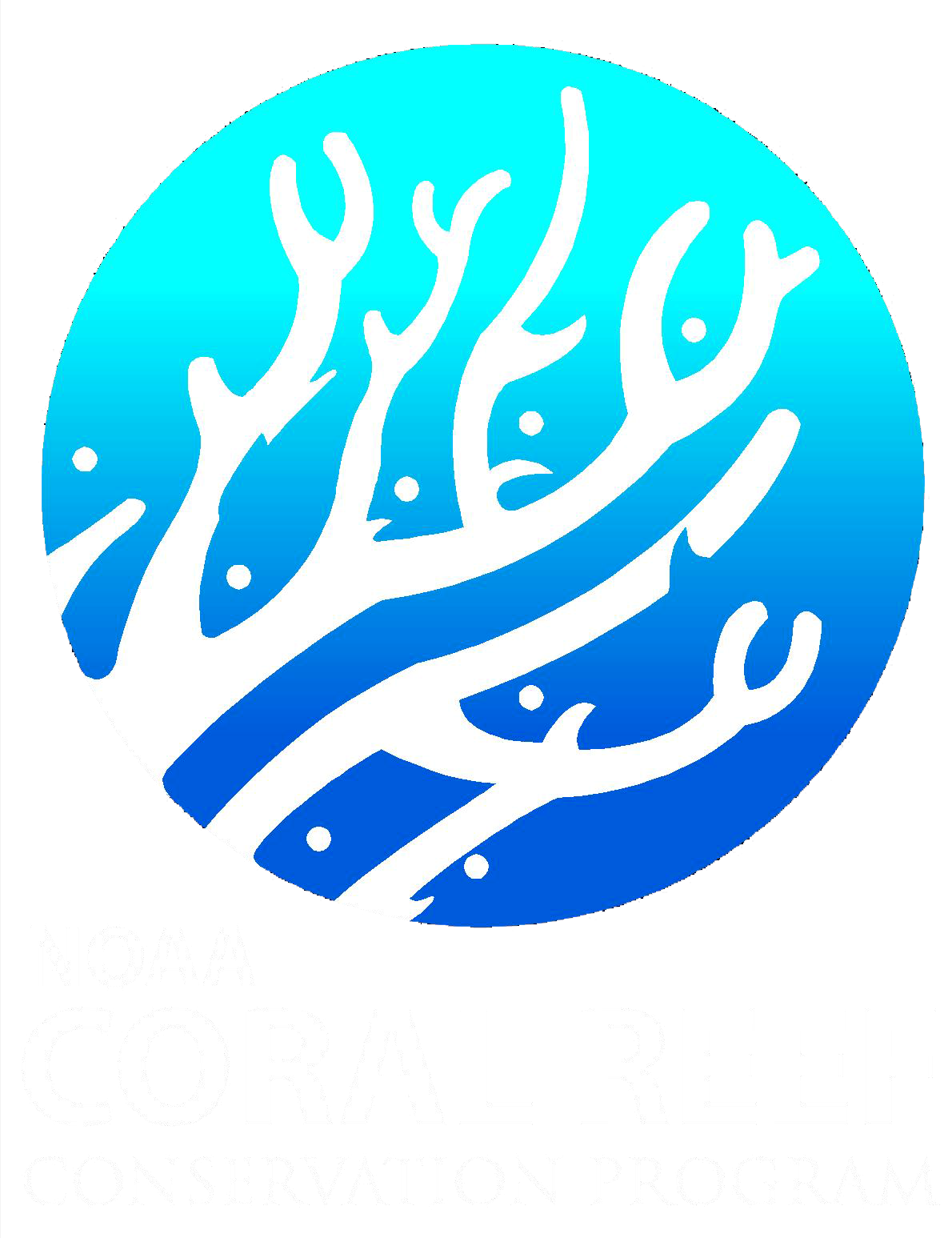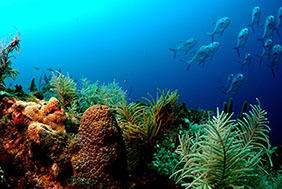Featured Archive - 2011 Publications
Below is a sampling of publications generated by NOAA's coral ecosystem activities in 2011. To access a complete list of NOAA coral ecosystem related publications, use the CoRIS Geoportal
(https://www.coris.noaa.gov/search/) search tool.
A collection of resources including presentations and journal articles that provide a general overview to ocean acidification. Materials for the classroom include hHands-on demos, lab activities and lesson plans including the OA Data-in-the classroom module, and a teacher’s guide of five scalable lesson plans.
This report documents results of a study commissioned by the National Oceanic and Atmospheric Administration (NOAA) to improve methods for measuring the economic values that the U.S. public places on the protection and restoration of coral reef ecosystems. The work focused on the coral reefs of Hawaii. These reefs are obviously of economic importance to both the state and the nation, yet there has been less economic research focused on the reefs of Hawaii compared to other parts of the United States, particularly Florida, in the past. Several human activities impinge on Hawaii's coral reefs. In order to gain insights into the public's values for coral reef protection and restoration, the study focused on impacts from fishing and damage to reefs from ship accidents.
The NOAA Coral Reef Conservation Program (CRCP) MPA Management Assessment Checklist was developed as a simple too to assess the management of MPAs in priority coral reef sites in US jurisdictions and international areas important to the CRCP and jurisdictional partners. It will allow CRCP managers to better understand the needs of its partners in the MPA management community and help managers build and/or maintain the management capacity necessary for successful implementation of the MPA management goals and objectives.
This user's guide was developed as a reference to be used with the NOAA Coral Reef Conservation Program MPA Checklist to provide further clarification on the fourteen assessment areas addressed in the checklist, and to assist assessment participants in the selection of a specific tier for each assessment area. The guide includes instructions on how to conduct assessment interviews and how to complete the checklist document.
Culture-independent methods for studying the microbial community of the coral surface mucopolysaccaride layer (SML) increasingly have been used to evaluate the health of the animal host. After the initial collection and preservation of the sample, the duration of the sample voyage to a recipient laboratory is often another critical part of the sampling process, as unanticipated delays may exceed the length of time a dry shipper can remain cold, or mishandling of the shipper can cause it to exhaust prematurely. In remote areas, service by international shipping companies may be non-existent, which requires the use of an alternative preservation medium. Other methods for preserving environmental samples for microbial DNA analysis include drying on various matrices (DNA cards, swabs), or placing samples in liquid preservatives (e.g., chloroform/phenol/isoamyl alcohol, TRIzol reagent, ethanol). These methodologies eliminate the need for cold storage, however, they add expense and permitting requirements for hazardous liquid components, and the retrieval of intact microbial DNA often can be inconsistent. An evaluation of saline-saturated DMSO-EDTA (SSDE) as an ambient temperature storage medium for coral mucus samples are presented here.


